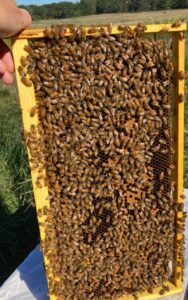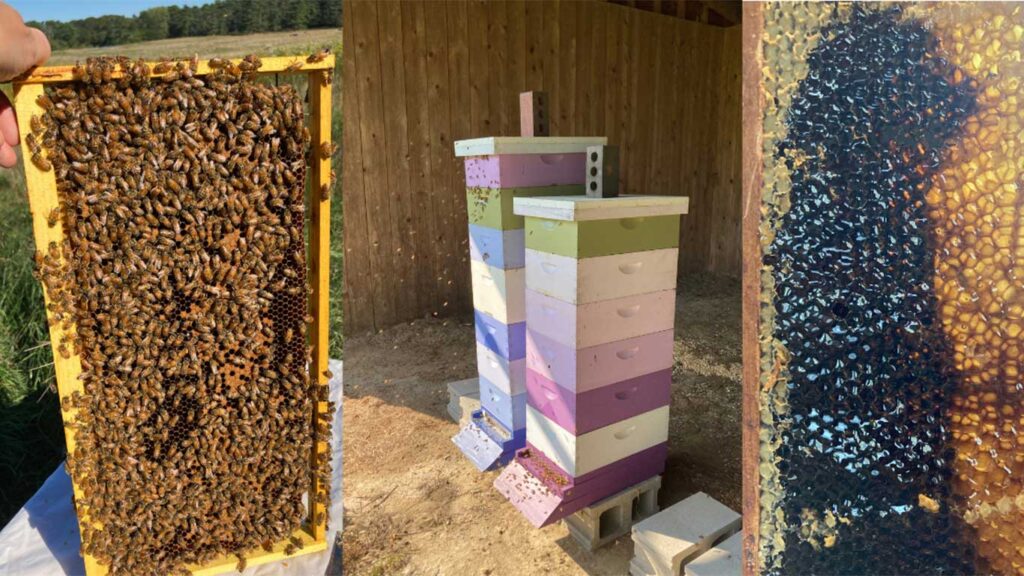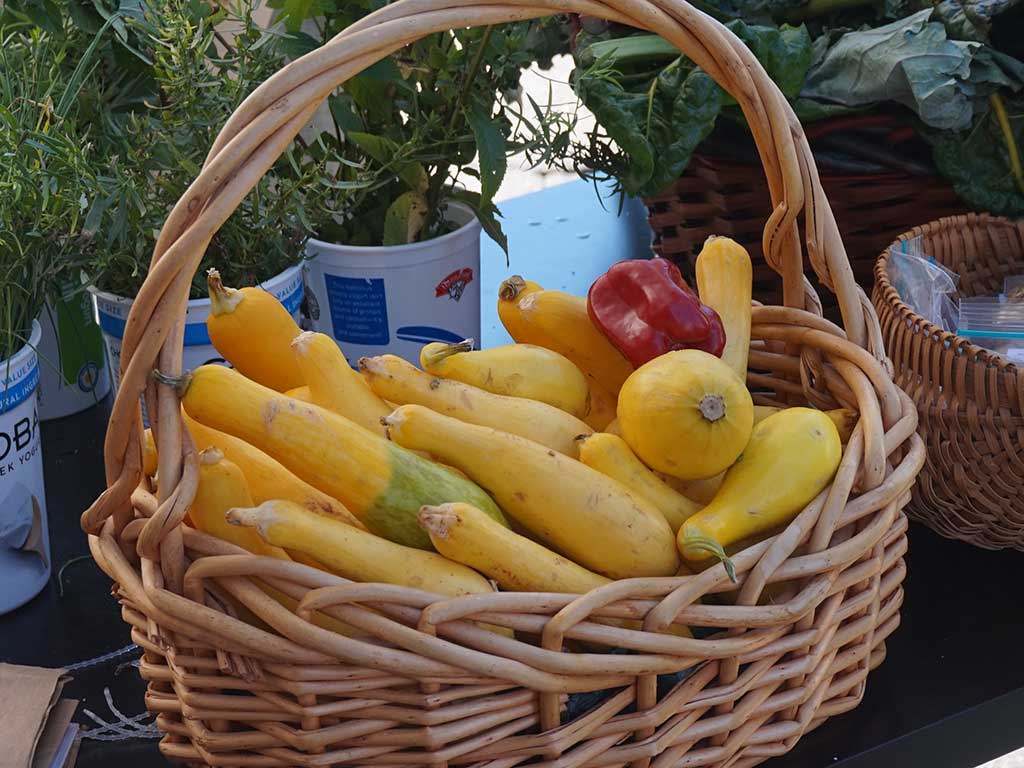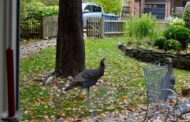
The Fascinating World of Honey Bees
By Jade Christensen

Spring is here, bringing new life and energy to the world around us. It’s the perfect time to explore the fascinating world of bees. Check out these fun honey bee facts and take on our challenge as nature awakens!
Drones Don’t Sting!
Male honey bees, known as drones, are completely stingless—they simply aren’t born with stingers. Unlike worker bees, drones do not defend the hive. Their sole purpose is to mate with queens from other colonies. If you see a drone buzzing around, don’t worry—at most, they’ll give you a friendly bump!
There Are a Lot of Bees!
Bee colonies range in size from 15,000 bees in smaller hives to as many as 60,000 at peak season. Beekeepers measure their colonies not by individual bees but by the number of hives. While 60,000 bees are a large hive, it’s not as many bees as you think when considering the time and energy it takes to go out into the world to collect nectar and pollen. Flying up to a five-mile radius from their hives can make the number of bees seem small!
Honey Bees See the World Differently
Unlike humans, who perceive color using red, blue, and green receptors, honey bees cannot see red. Instead, their vision is based on ultraviolet, blue, and green light, allowing them to detect floral patterns invisible to us. What are their favorite colors? Blues and purples! (Riddle, 2016) When planning your garden this year, consider the flower choices and what would fit the creatures you want to attract. Look for natives that host specific insects!
Honey Production Takes Time
Harvesting honey is a long-term process. It often takes two to three years before a hive produces honey in significant quantities, as the colony first needs to build wax comb and store enough food for winter. Ideally, a hive should have at least 100 pounds of honey to survive the colder months. For beekeepers, honey is a sweet bonus, but the health of the bees always comes first.

Spring is a season of renewal, revealing the intricate beauty and resilience of the natural world. Maine is home to more than 270 native bee species and over 120 native butterflies (Maine Department of Inland Fisheries and Wildlife), each playing a vital role in our ecosystems.
As the landscape awakens, take a moment to slow down and observe how nature adapts and thrives. With climate change increasing environmental stress, appreciating these small yet remarkable wonders has never been more critical. I encourage you to pause, look closely, and embrace the transformations unfolding around you this season.
References
Riddle, Sharla. (2016) How Bees See and Why It Matters. Bee Culture: https://www.beeculture.com/bees-see-matters/#:~:text=This%20is%20the%20reason%20why,of%20yellow%20and%20ultraviolet%20light.
Maine Department of Inland Fisheries & Wildlife. Maine Butterfly Survey: https://www.maine.gov/ifw/fish-wildlife/wildlife/species-information/invertebrates/butterfly-survey.html#:~:text=With%20over%20120%20species%2C%20butterflies,species%2C%20from%20dragonflies%20to%20birds.





